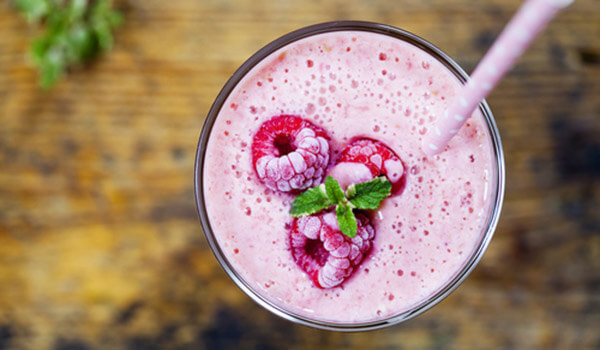
We have all heard the tale that breakfast is the most important meal of the day. Although there is conflicting research about whether or not this tale is true, there is also research proving the importance in fueling your body correctly to kick-start your day. The amount of food and ingredients you consume depends on your activity level, eating habits and personal needs.
With the right combination of nutrients you can boost your energy and productivity, enhance your mood, and maintain a healthy weight. Breakfast is the perfect opportunity for you to eat nutritious foods that supply you with essential vitamins, enzymes and minerals for a healthy diet. Use the following three steps as a guide to help you build the best breakfast to kick start your day.
Step 1: Lean Protein
From building muscle, to weight-loss and heart health, protein offers your body an array of health benefits. Including lean protein in your breakfast is one of the best ways to boost your energy in the morning. Because protein packed foods keep you feeling full longer, consuming protein will increase your metabolism throughout the day and help you maintain lean muscle mass. Lean protein, such as turkey, and skinless chicken breasts, are particularly important to include into your breakfast because they don’t have a high fat content like other protein-rich foods such as bacon or fatty cuts of meat.
As a meatless option, eggs are a great source of complete proteins. Eggs contain amino acids that your body cannot produce on its own and can only obtain from diet. Eggs also have essential vitamins such as vitamin B12, which keeps your nervous system healthy and vitamin D, which keeps your bones health. We also recommend you reading this article on a ketogenic diet.
Step 2: Vitamins
Eating a diet rich in fruits and vegetables can reduce your risk of chronic conditions, such as heart disease, cancers and diabetes. The vitamins you receive through the consumption of fruits and vegetables are imperative for maintaining a healthy body. Vegetables are low in fat, calories, and have important sources of nutrients such as potassium, folic acid, vitamin A, vitamin C, fiber and magnesium to name a few. By incorporating fruits and vegetables into your breakfast, you can reduce cholesterol levels, maintain healthy eyes, skin and fight against infections.
Step 3: Fats
Monosaturated fatty acids (MUFAs) and polyunsaturated fatty acids (PUFAs) are found in foods such as plant based oils, nuts, and avocados. These are “good fats” that help lower your risk of high cholesterol and conditions such as heart disease, and type-2 diabetes. These fats also play a primal role in immune function, brain health and help absorb other nutrients and vitamins in the body.
Here are five examples that you can use to combine these three breakfast stars (lean protein, vitamins and fats) into your breakfast:
- Create a breakfast scramble using your favorite vegetables such as dark leafy greens, onions, bell peppers and mushrooms. Top with sliced avocado.
- Make a delicious smoothie with berries, banana, kale, coconut water and your favorite protein powder.
- Try a breakfast bagel with lox, a poached egg, and sautéed spinach.
- Whip up protein pancakes with fresh berries and pecans.
- Indulge in homemade granola with berries, almond milk and chia seeds.
Eating well in the morning is the perfect way to start your day off right. Building a healthy and beneficial breakfast doesn’t have to be complicated or taste bland. Switch it up by experimenting with new vegetables and spices. If you’re short on time, smoothies are a great and quick way to get the nutrients you need without the hassle of prep and cooking. In three simple steps, you can build a fueling breakfast that enhances mood, boosts energy and productivity and helps maintain a healthy weight.

